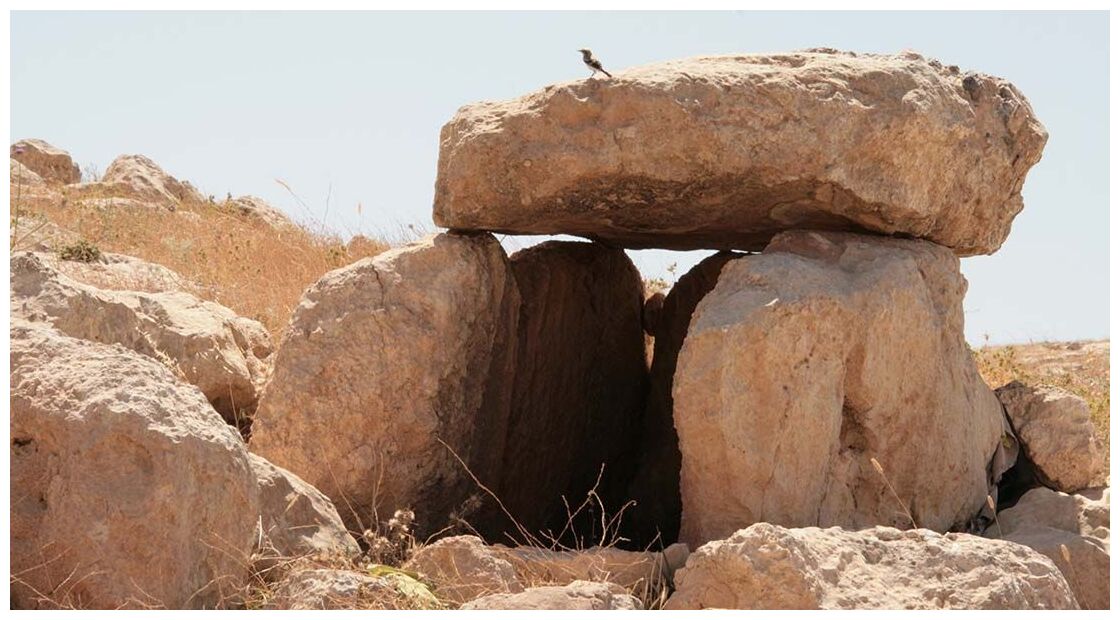A research team led by the University of Copenhagen has uncovered a remarkable Early Bronze Age ritual landscape at Murayghat in Jordan. This discovery offers new insights into how ancient communities responded to social and environmental changes.
How did ancient cultures respond to crises and the collapse of established social orders? The 5,500-year-old Early Bronze Age site of Murayghat in Jordan, extensively excavated by archaeologists from the University of Copenhagen, may provide answers.
Murayghat emerged following the decline of the so-called Chalcolithic culture (circa 4500–3500 BCE), a period characterized by domestic settlements, rich symbolic traditions, copper artifacts, and small cultic shrines. Researchers suggest that climate shifts and social disruptions contributed to the collapse of this culture.
In response, Early Bronze Age groups began creating new forms of ritual expression. Instead of the large domestic settlements with smaller shrines established during the Chalcolithic period, communities at Murayghat developed a distinct ritual landscape that reflects significant social transformation.
This groundbreaking research sheds light on how ancient societies adapted to changing environments and upheavals, offering valuable perspectives on resilience and cultural evolution in human history.
https://www.sott.net/article/502436-Archaeologists-uncover-5500-year-old-ceremonial-site-in-Jordan



